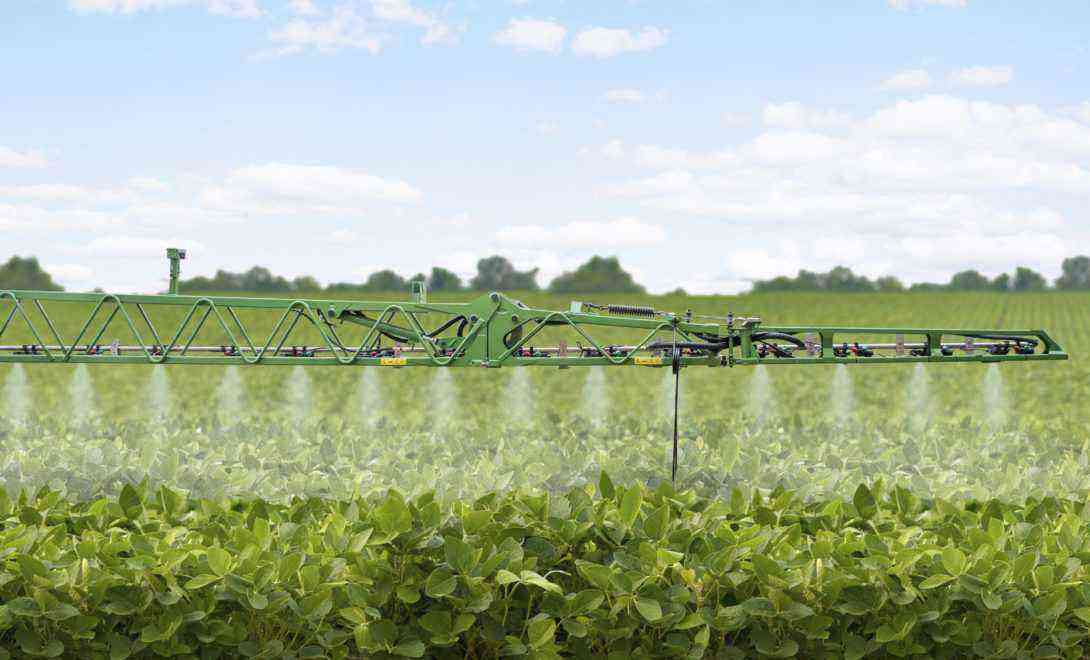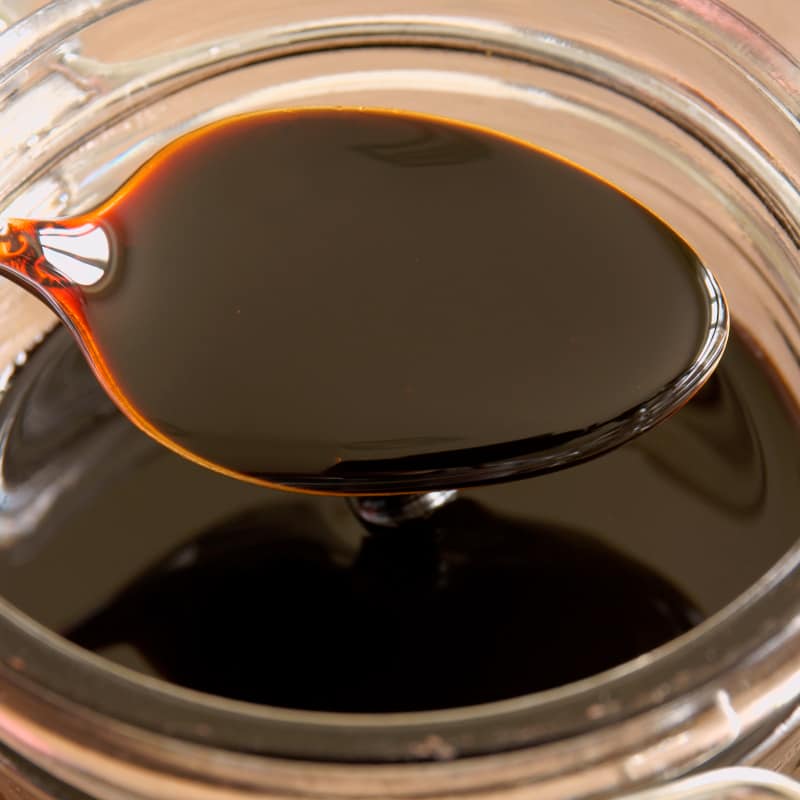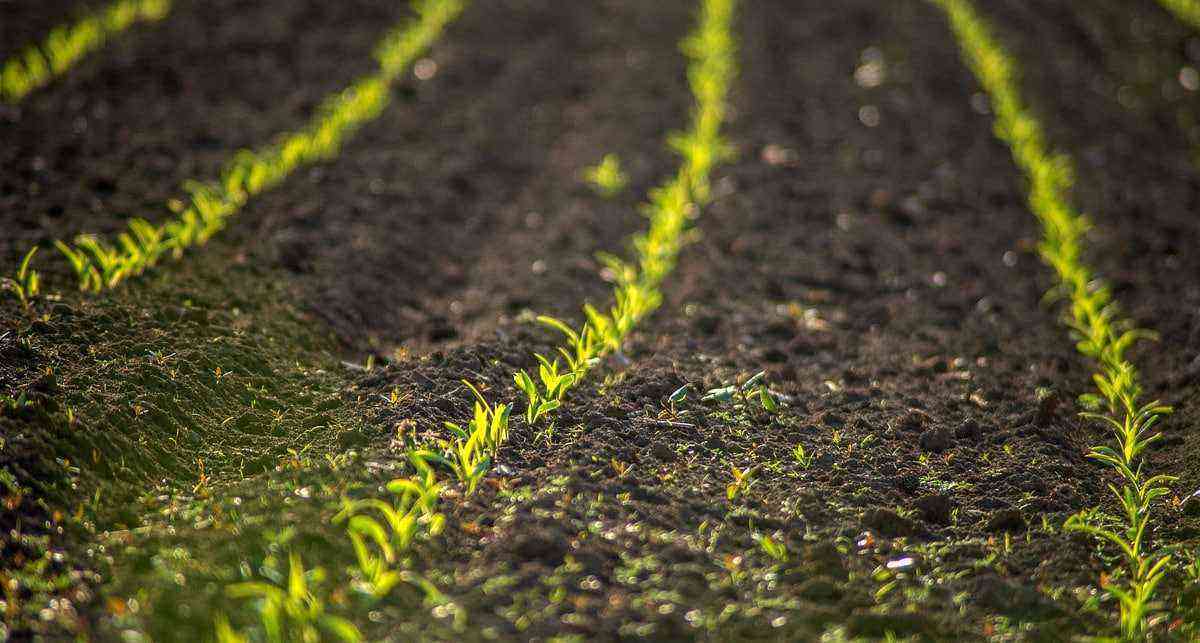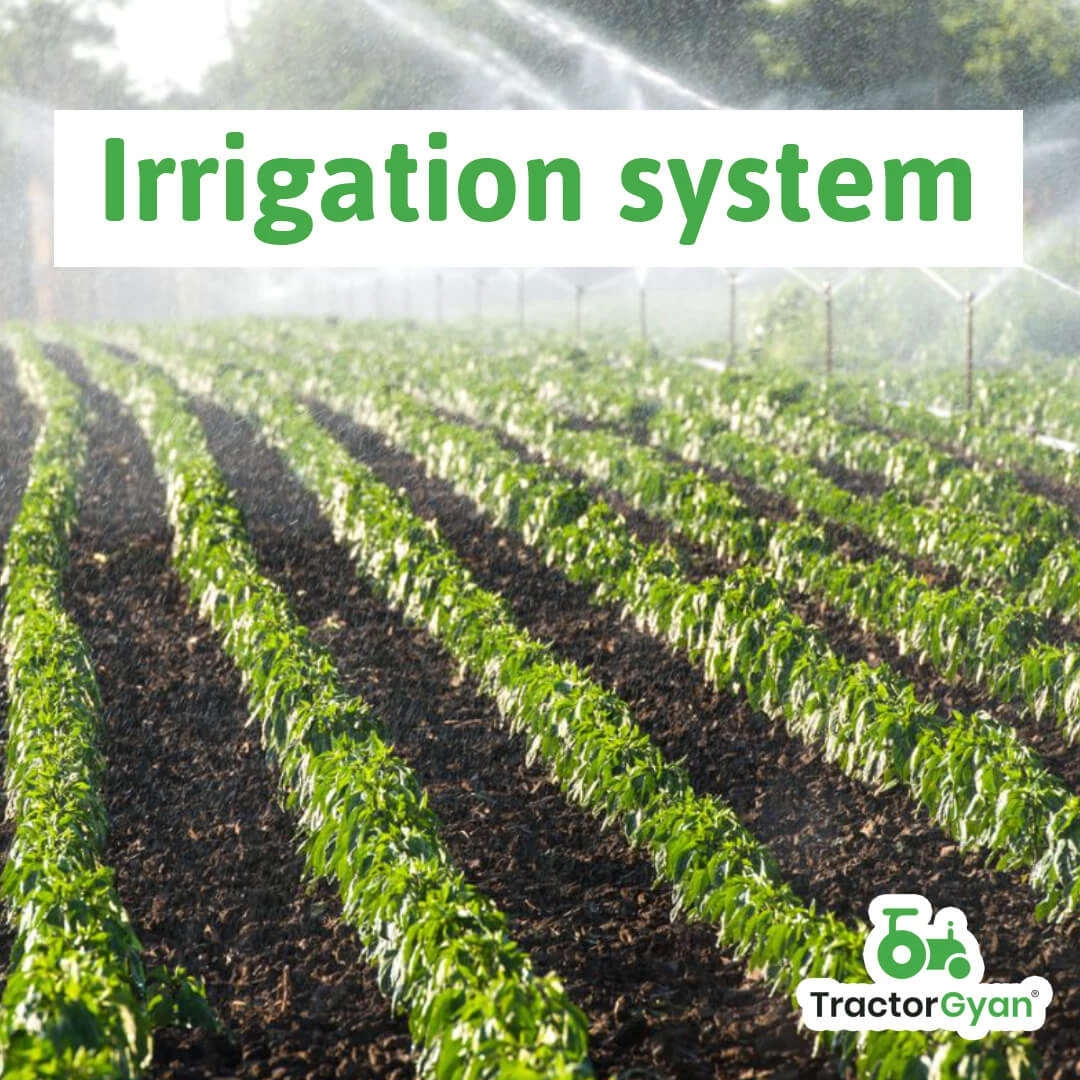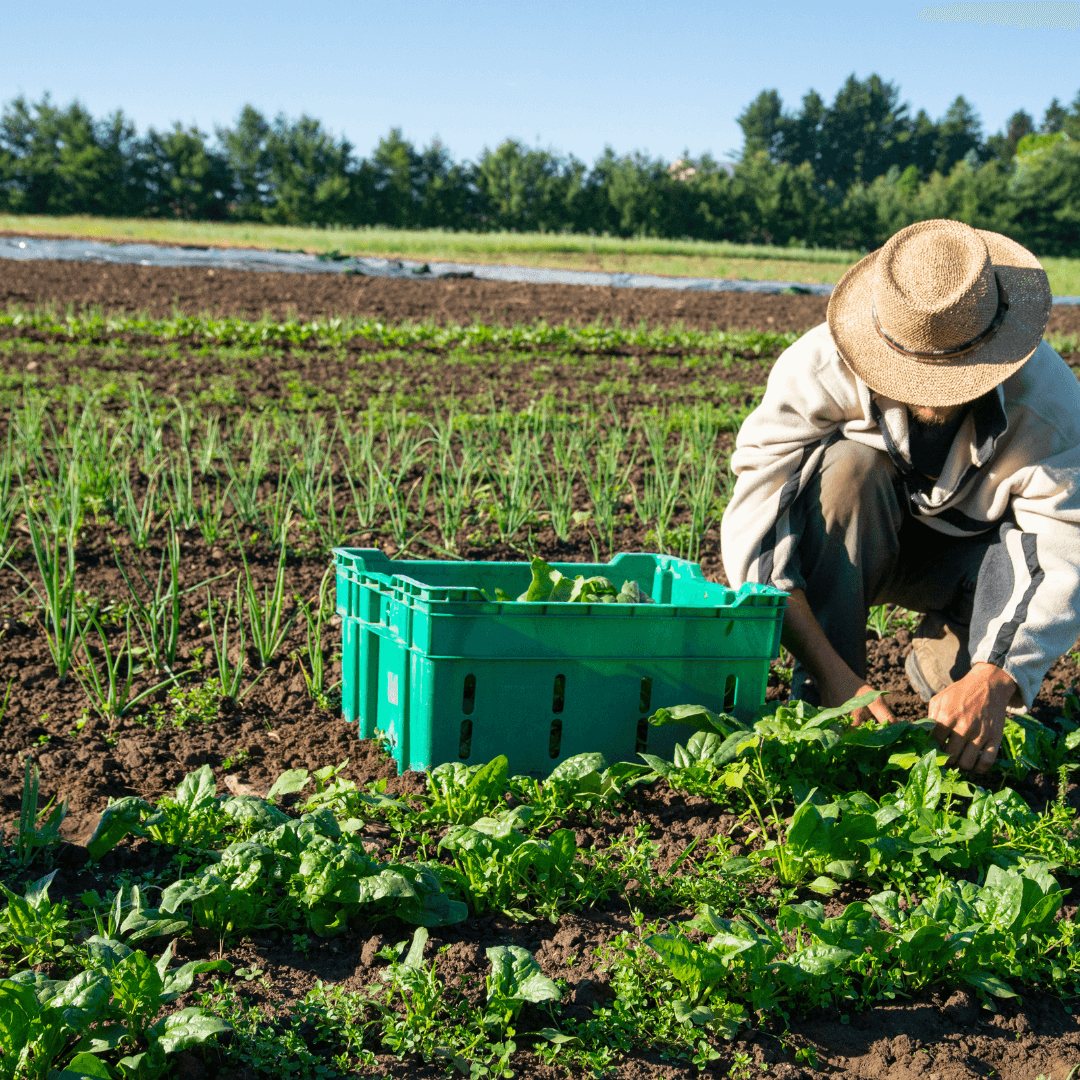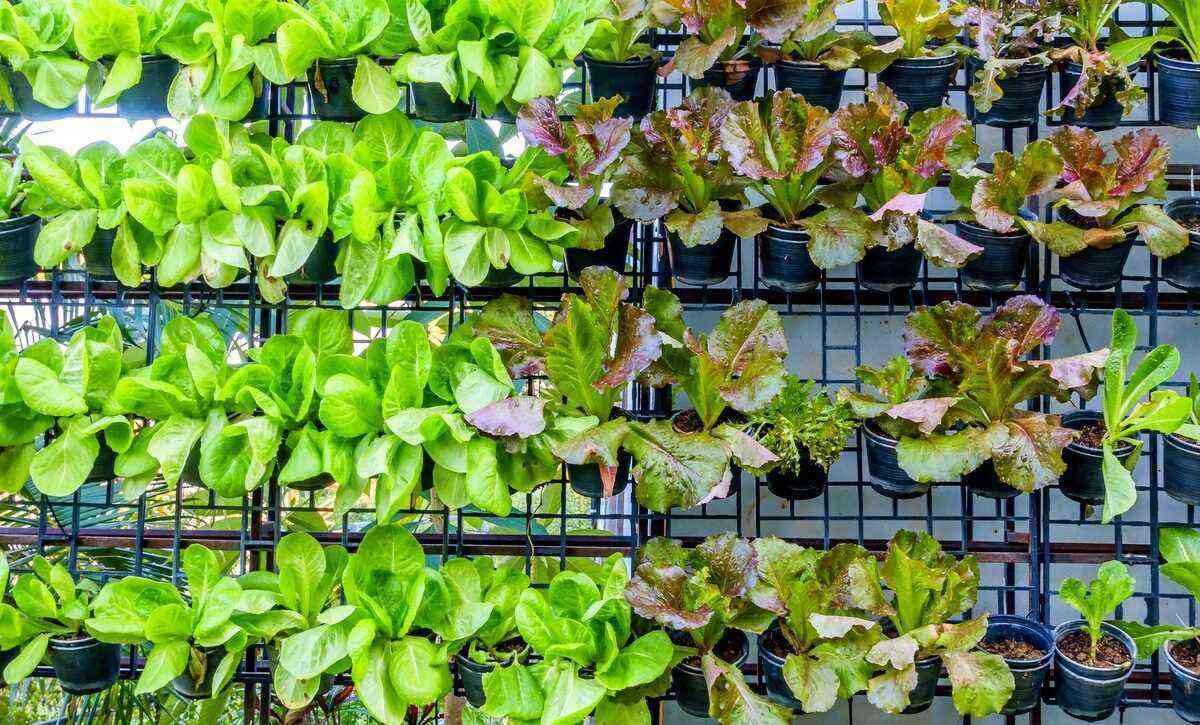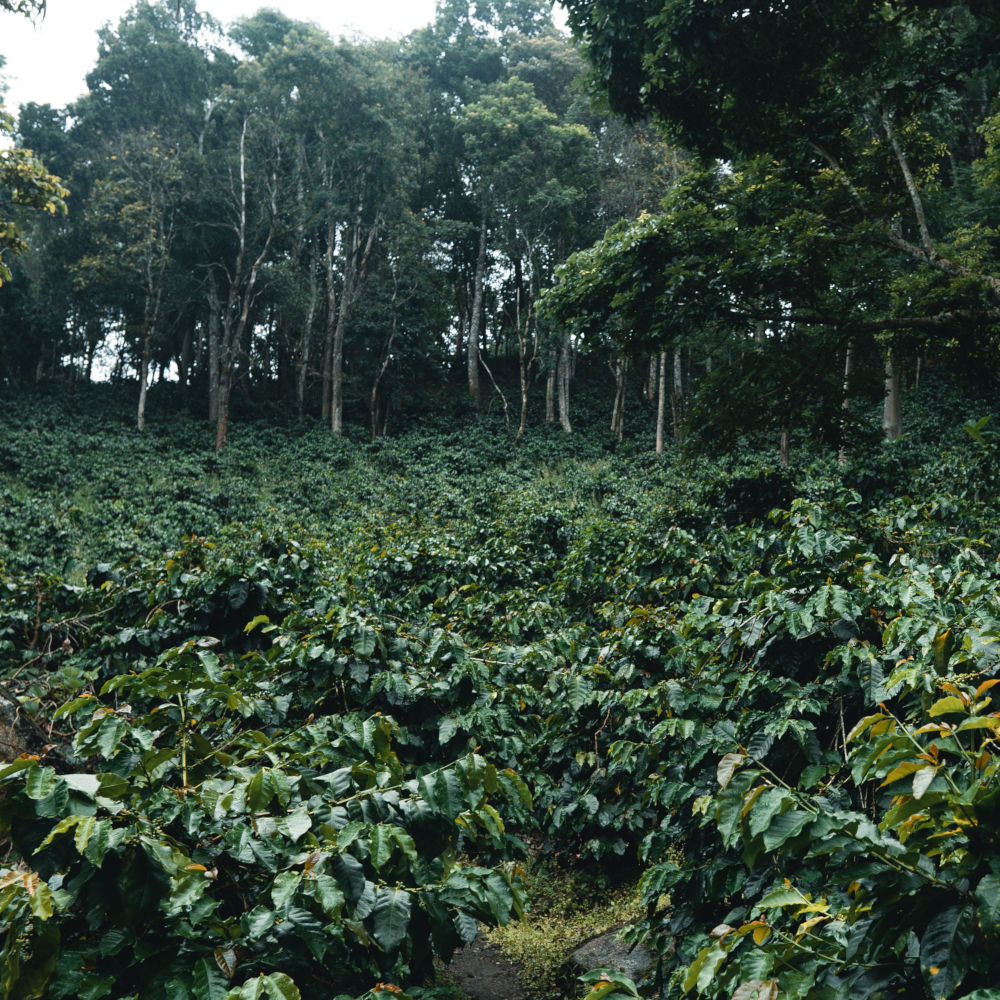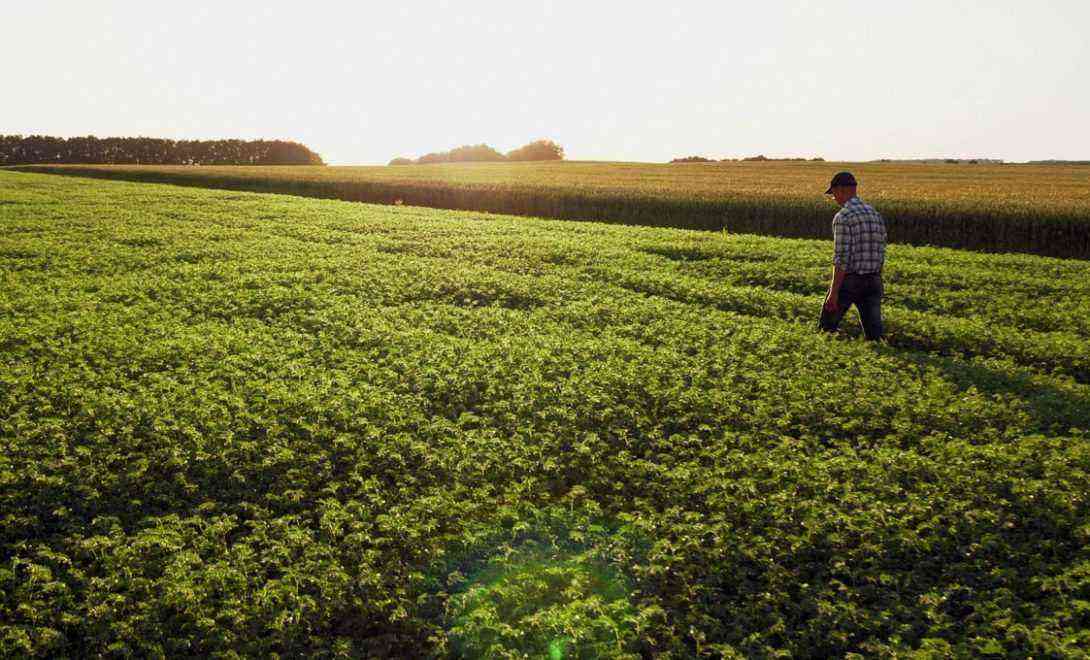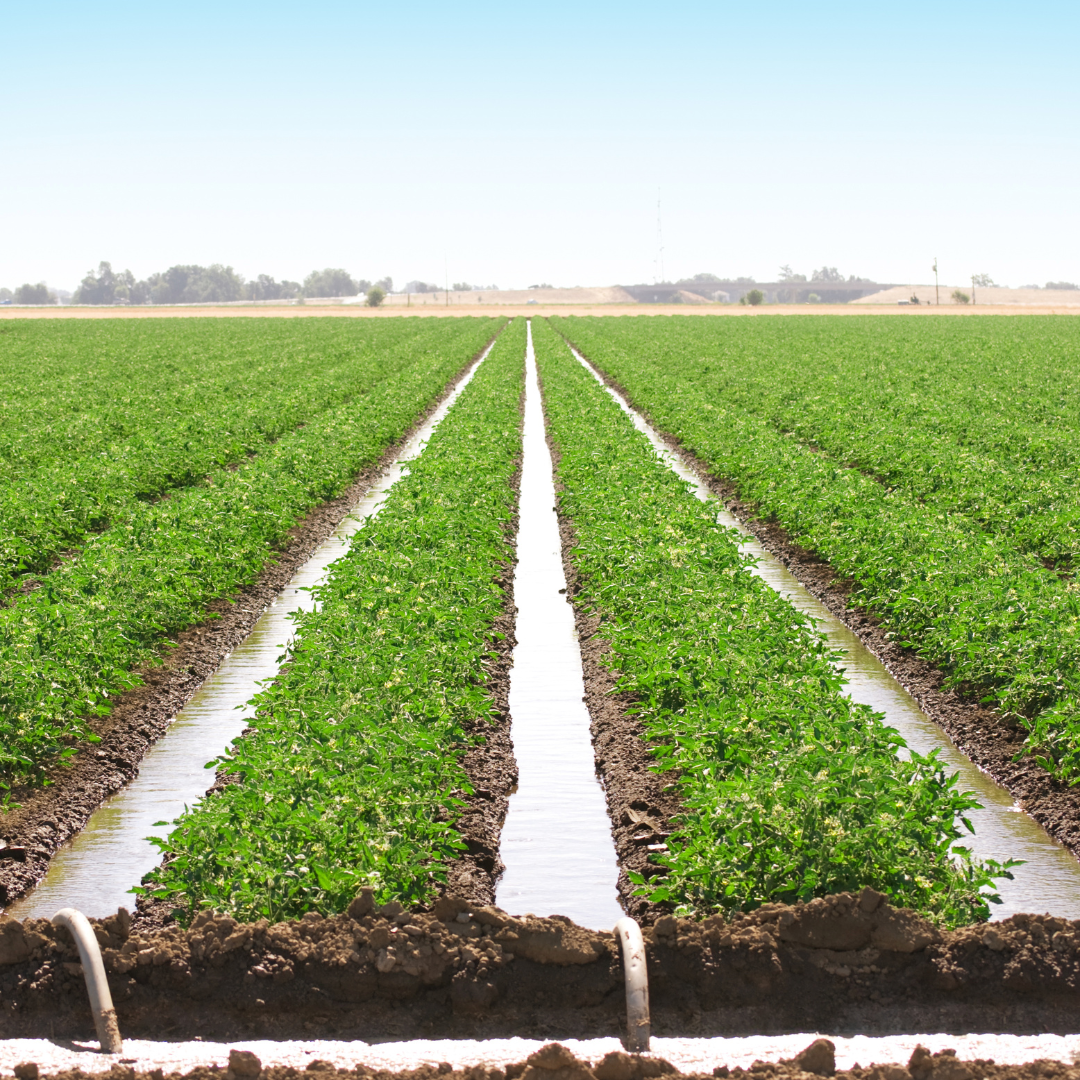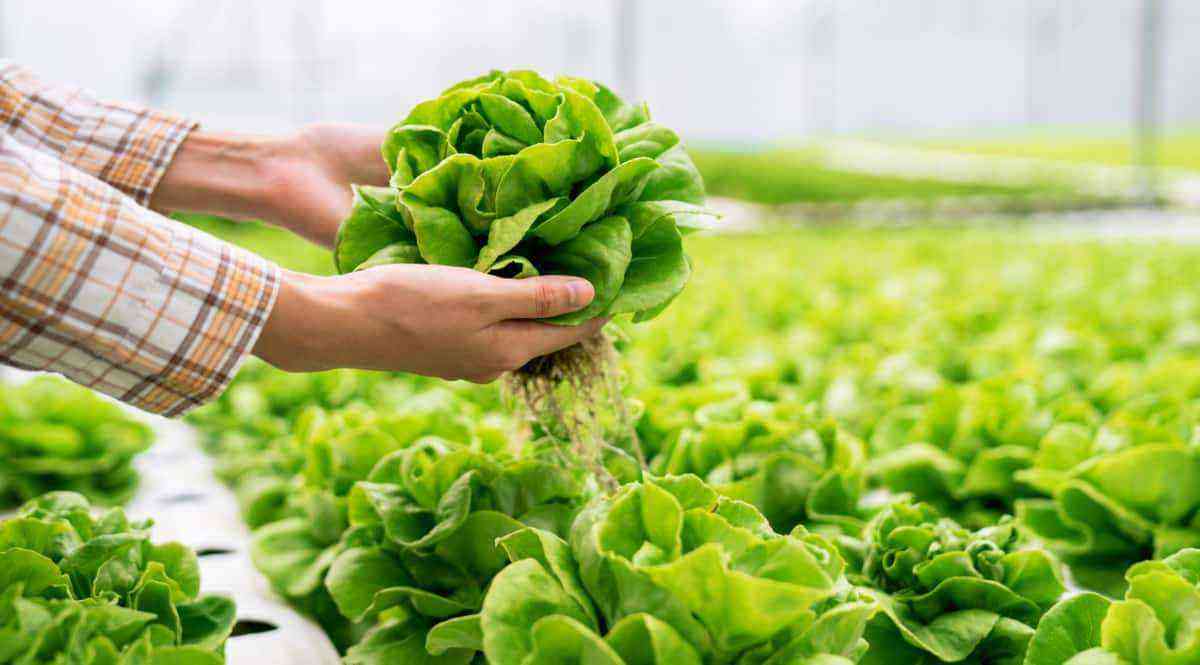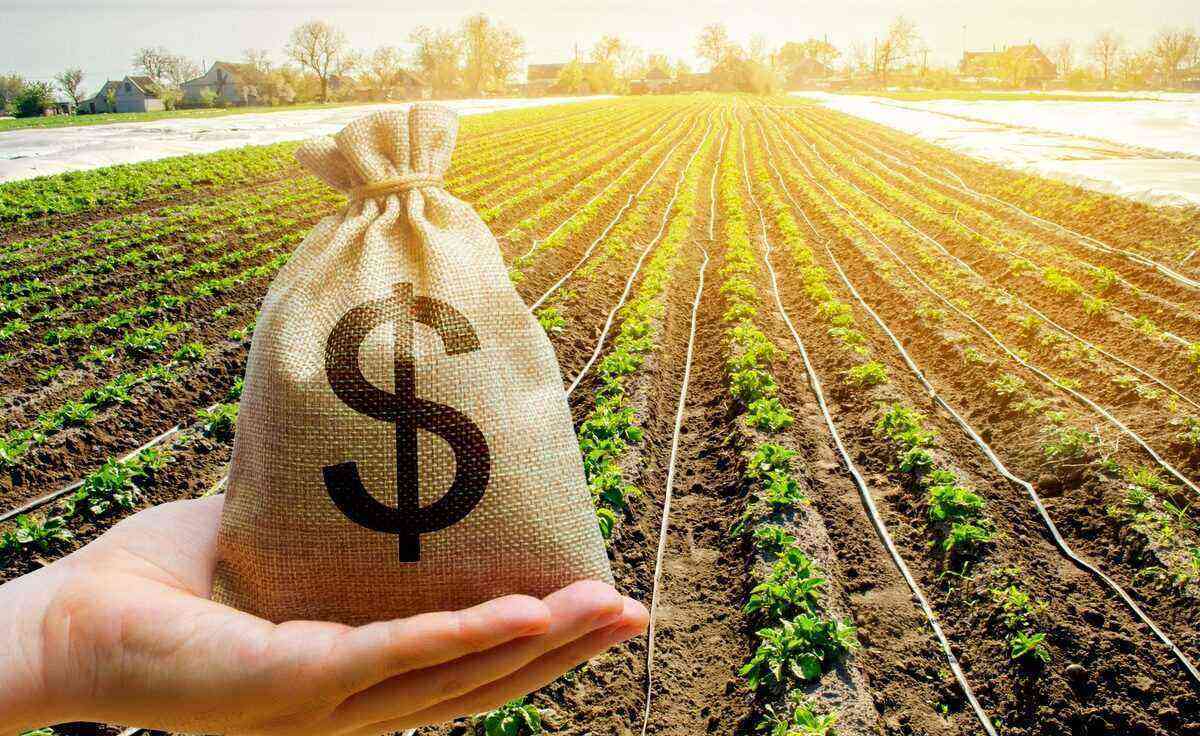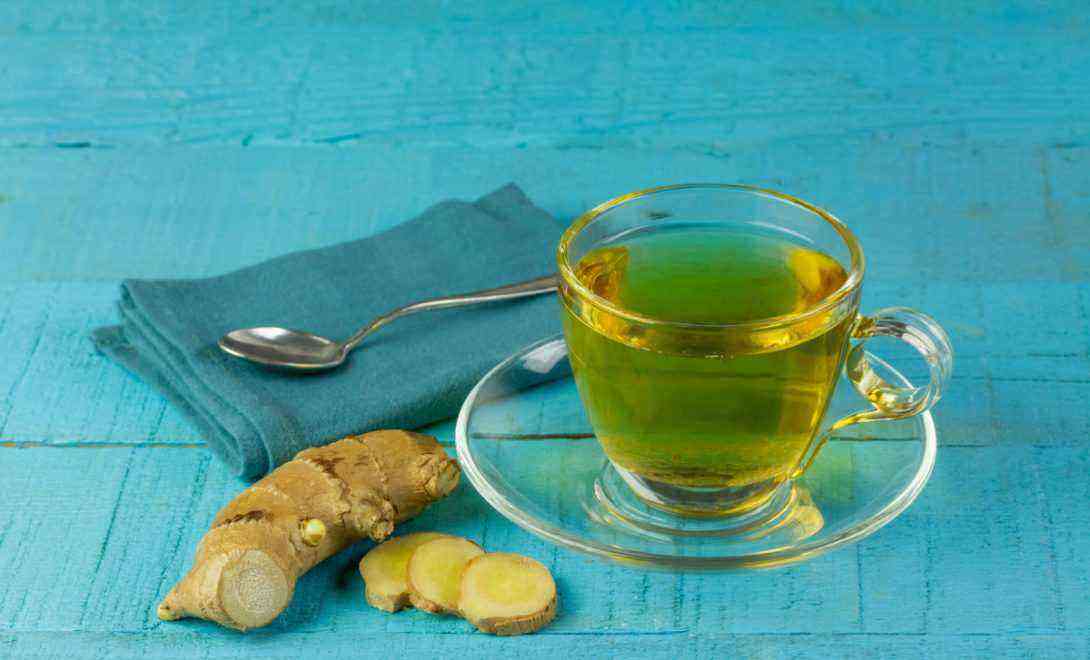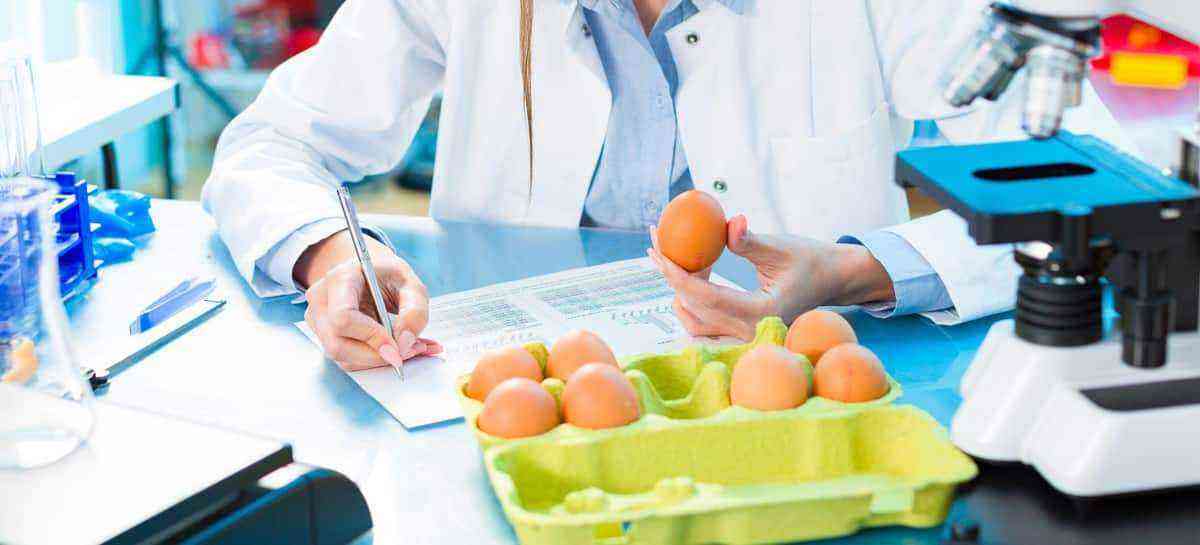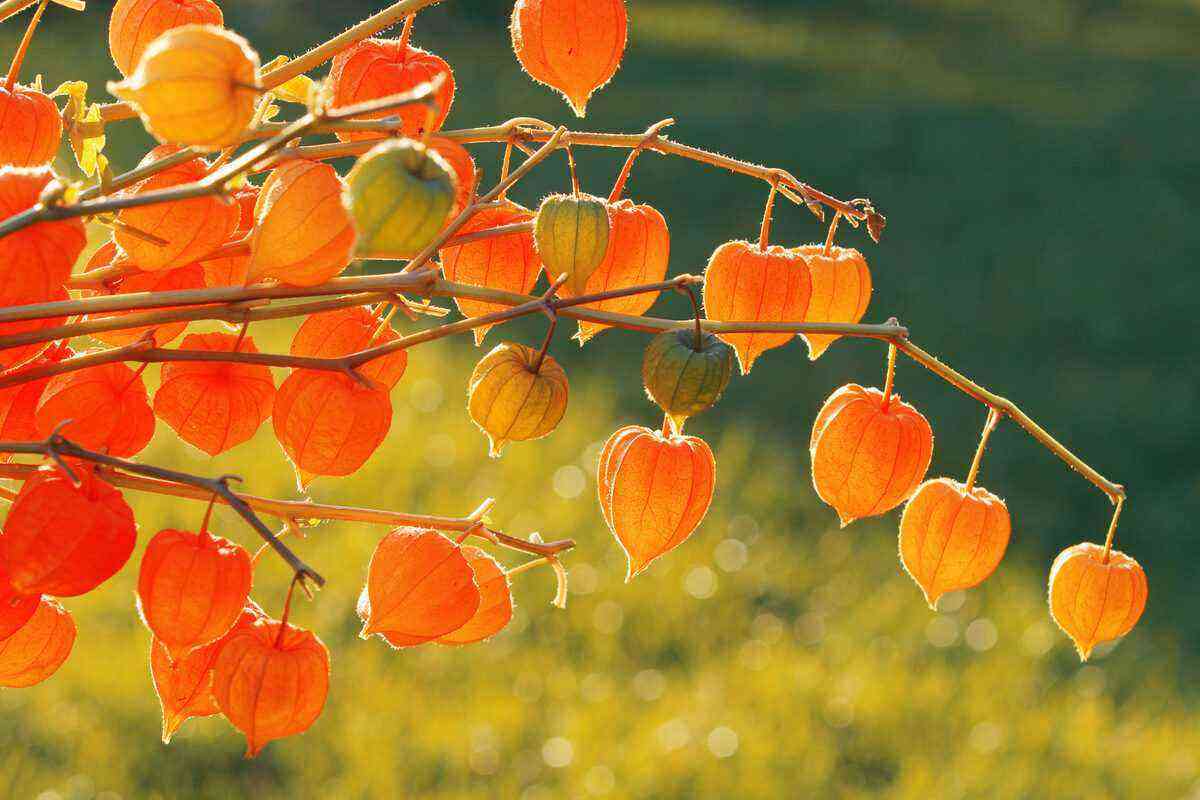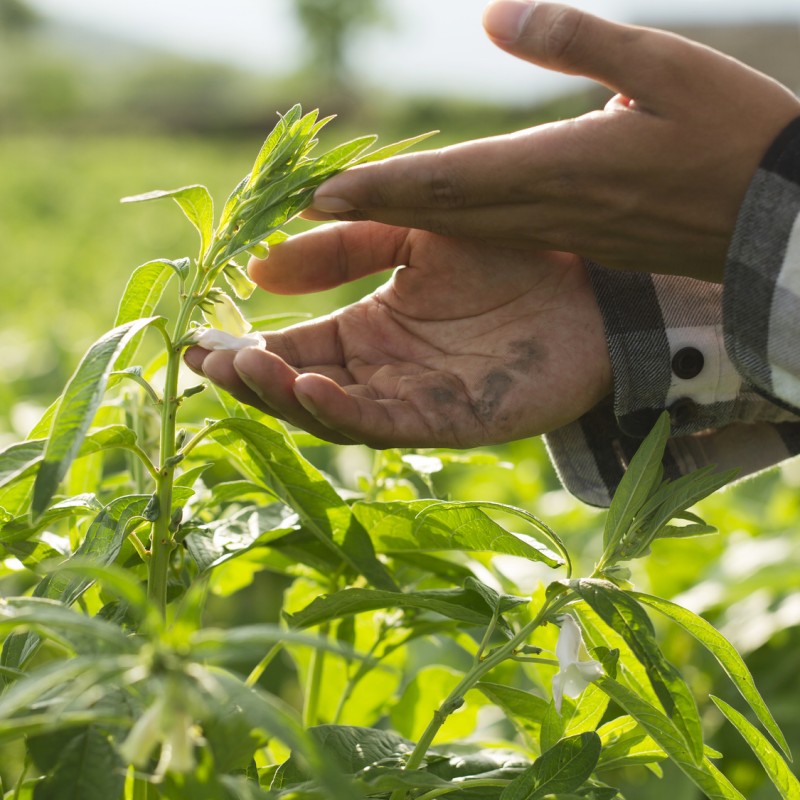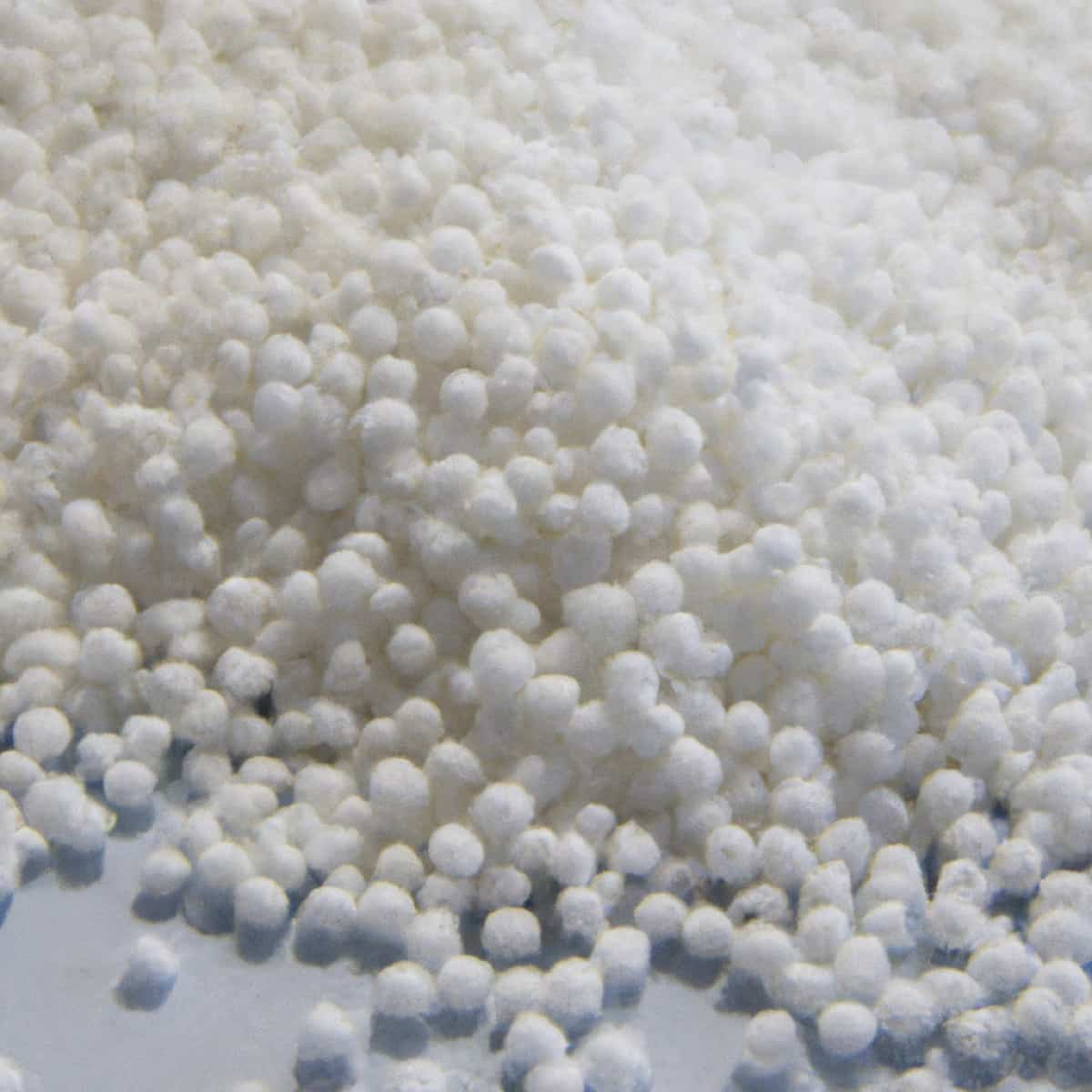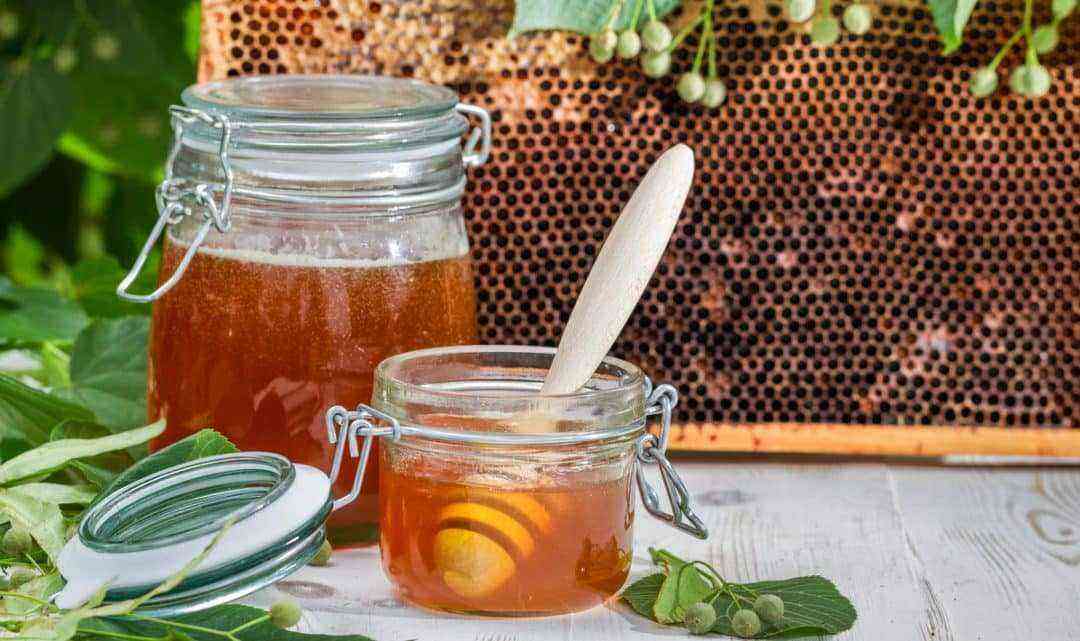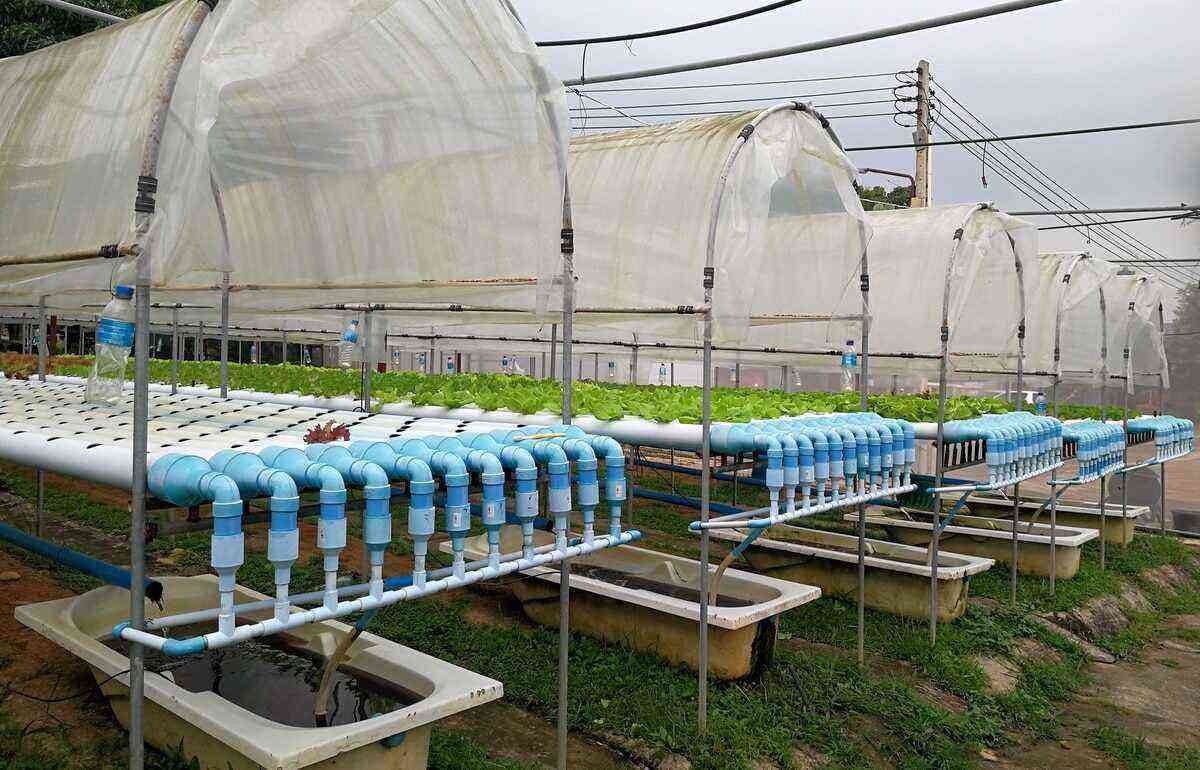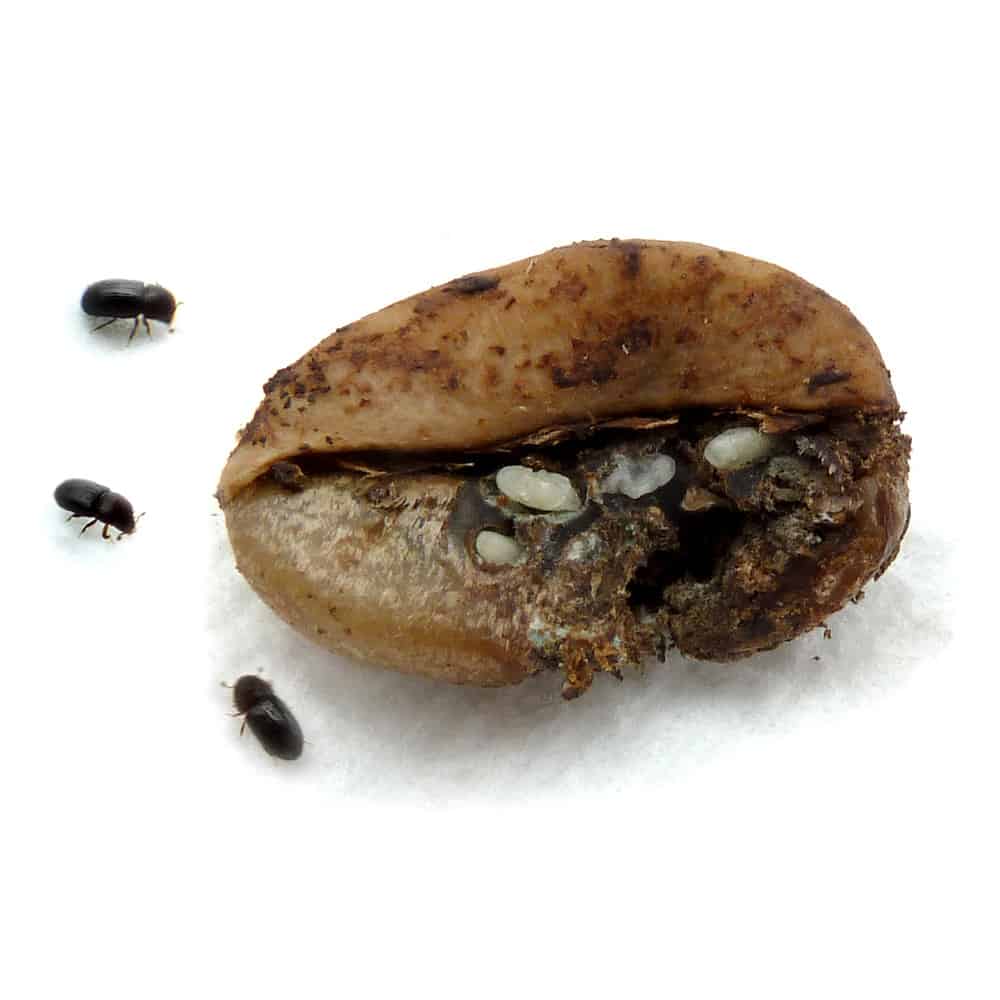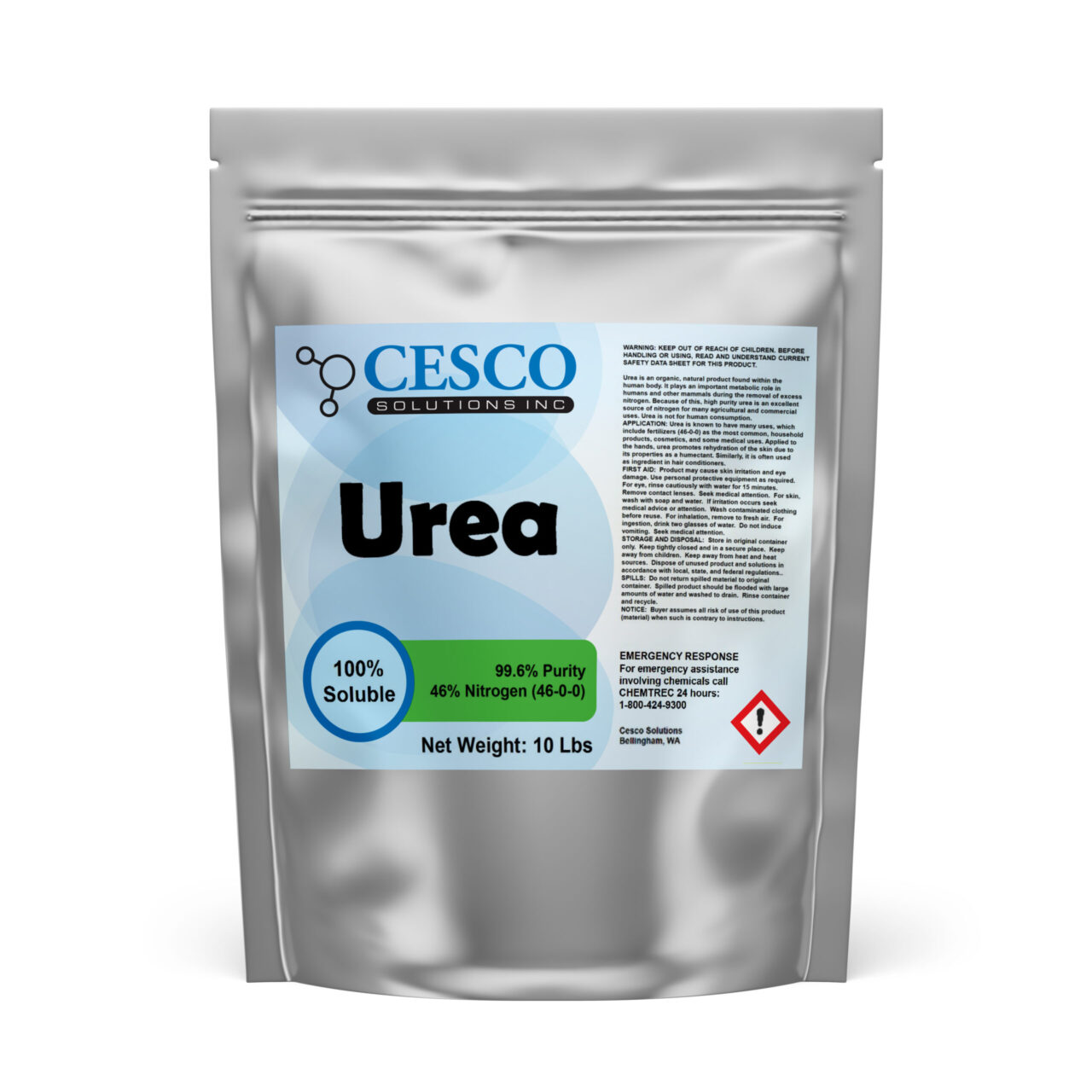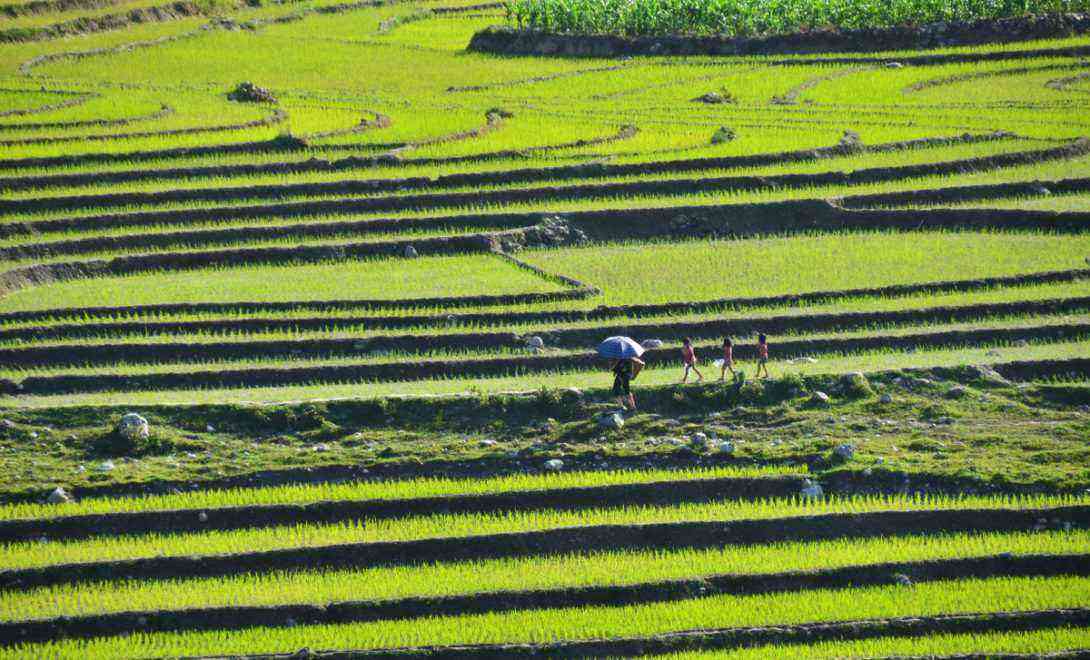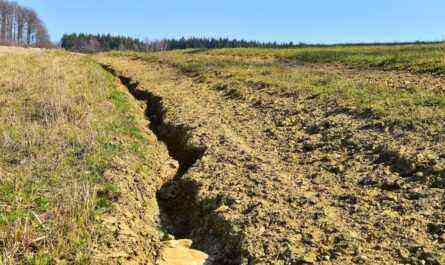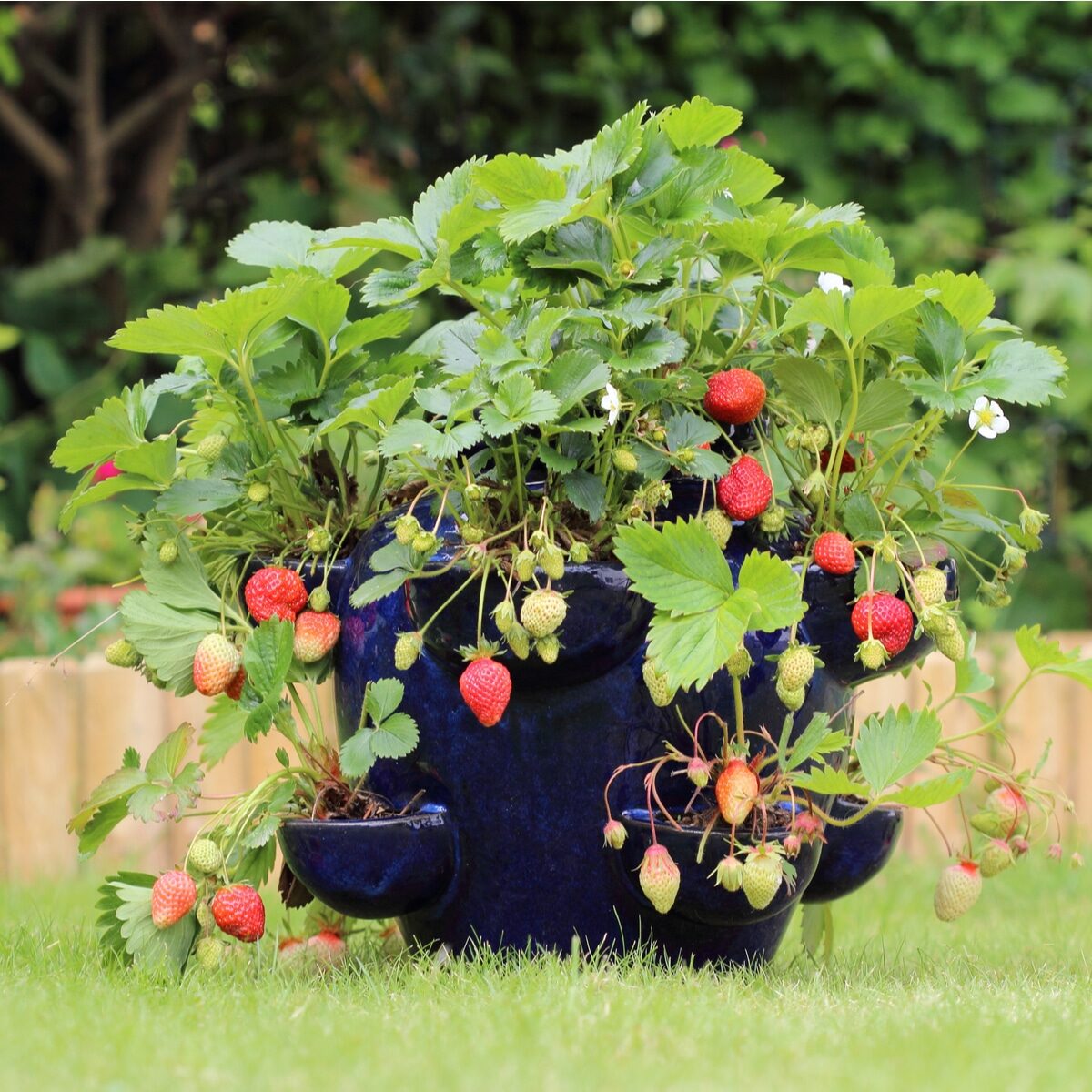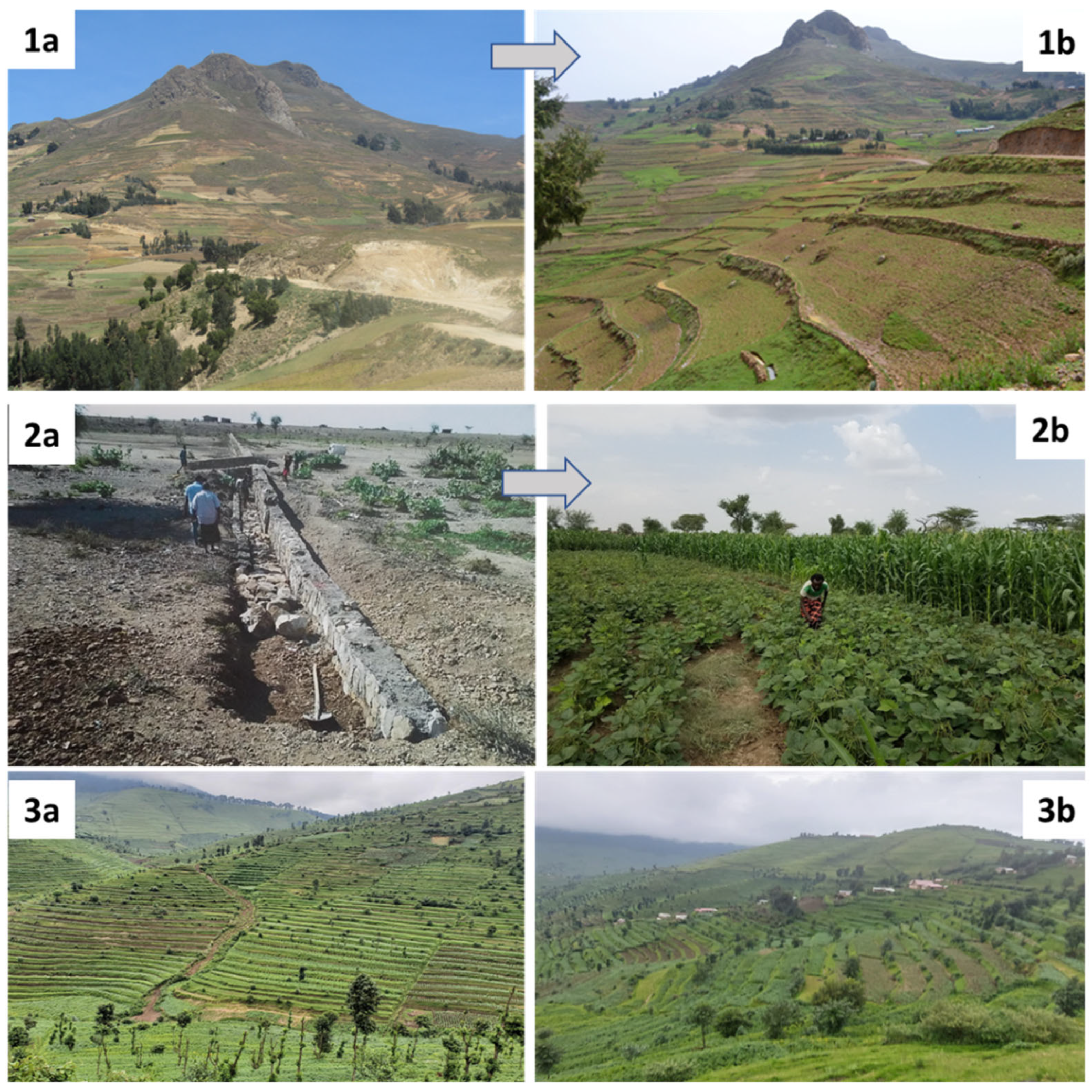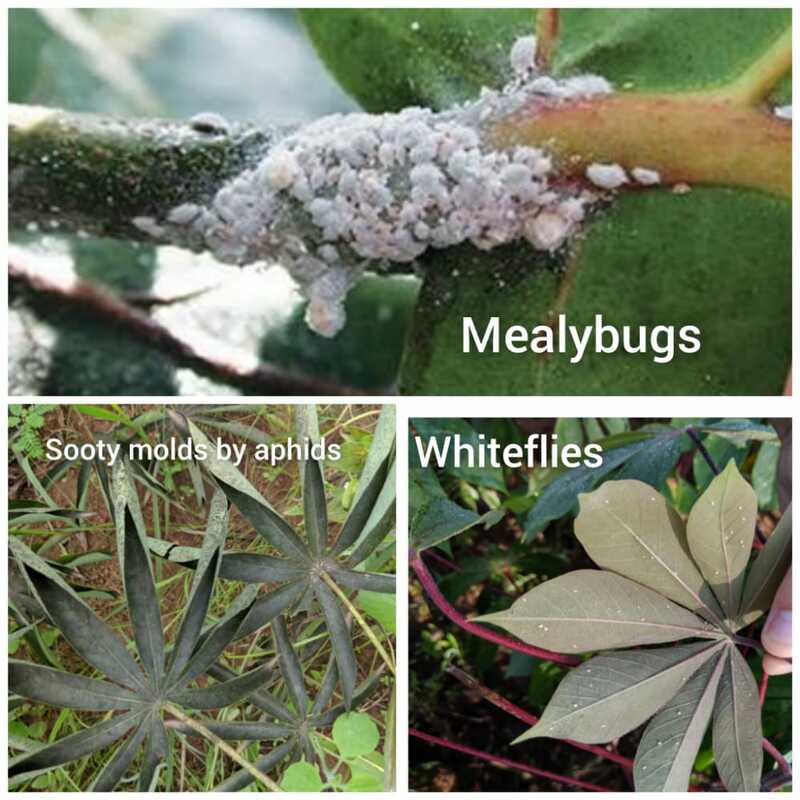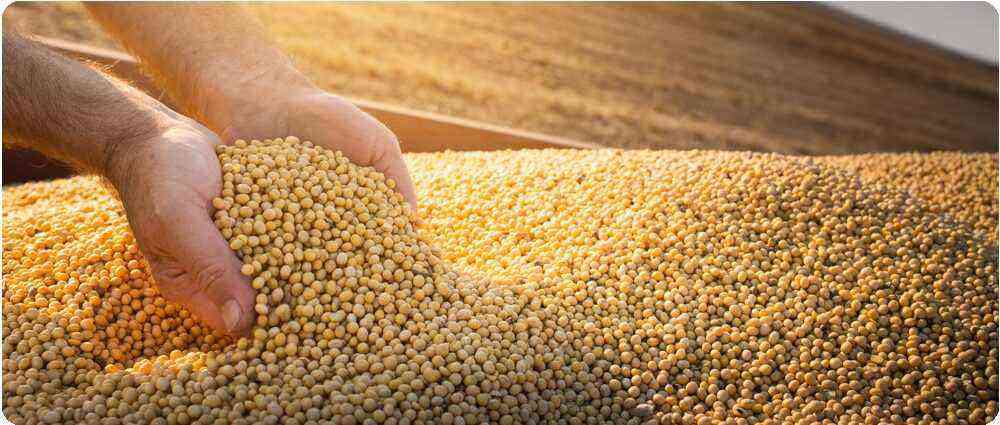The use of biostimulants, a substance that helps to strengthen the plant’s natural self-defense mechanism, with greater absorption of nutrients and tolerance to stresses such as climate, has good results in different cultures. In addition, it improves soil fertility and fights pests.
In this article, we will present what it is and how the plant biostimulant works, considered a plant growth regulator, maintaining its hormonal balance. Therefore, we will show, as an example, the Stark product, by Max Crop, which has been highly praised by rural producers throughout Brazil.
What is a biostimulant?
The biostimulant, in practice, works as a plant growth regulator. This product was created about 15 years ago in the US, with the so-called Biostimulants Coalition.
Previously, the first scientifically proven biostimulant had been created more than 100 years ago by Professor William B. Bottomley who carried out several experiments with plants and microorganisms from the soil.
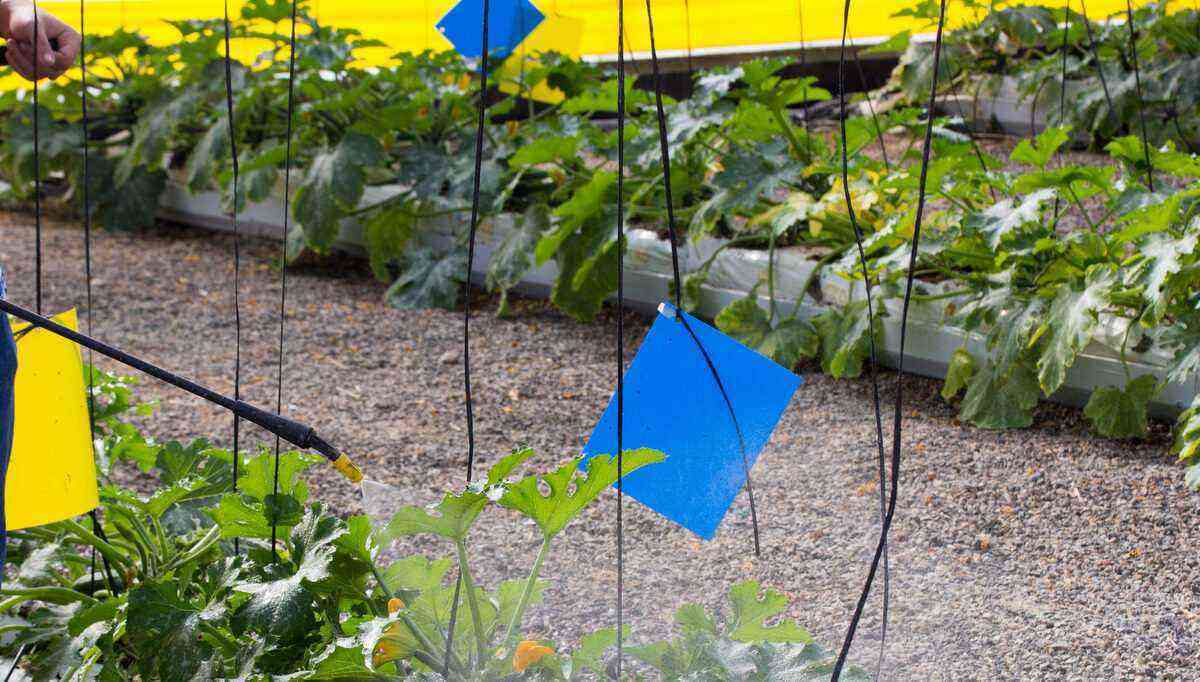
Its objective was to test the quality of peat (tissue mass of various plants) and its extracts as fertilizers. But, at the time, the substances from the extraction were not called biostimulants, but humic acids, different from the current definition.
How does it work and what is the composition of the biostimulant?
The biostimulant is composed of plant or synthetic hormones that act directly on the development of plants throughout their structure. It has amino acids, nitrogen, phosphorus, potassium, vitamins, some seaweed and also ascorbic acid.
In practice, it makes the plants able to extract more nutrients and water from the soil, increasing its development and quality. In addition, it acts as a protective agent, since the crop is less vulnerable to water stress caused by dry periods.

The application of the biostimulant increases the plant’s antioxidant capacity, reducing the toxicity of free radicals and providing more energy for the plant to develop its root system and leaf part.
In addition, the biostimulant helps keep plants free from pests, even without the use of pesticides. Therefore, it is an important option in order to boost organic agriculture.
Strong: an example of a biostimulant
Manufactured by Max Crop, a technology company that has been operating for 25 years in the agrochemical sector, focused on segments, especially agriculture, the Stark biostimulant is chelated and complexed by amino acids.
The product is fully absorbed by the plant, eliminating the risk of incompatibility. It allows, for example, the use associated with biological products and herbicides, (with no incompatibility evidenced to date), thus guaranteeing the effectiveness of pesticides.
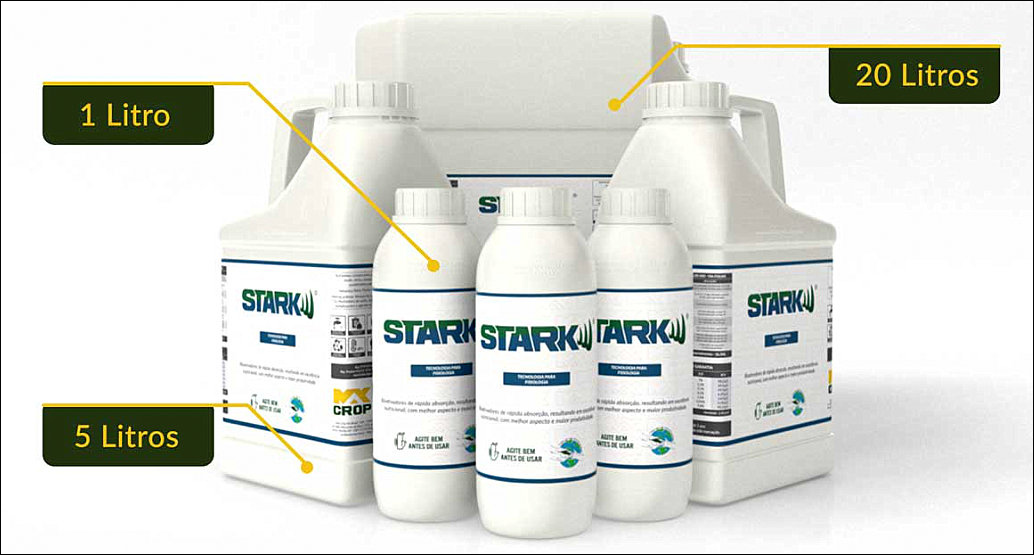
With the increase in phytoalexins, the Stark biostimulant provides greater initial start-up, greater resistance to climatic and biological instabilities (pests and diseases), better formation of the root system, and a greater number of branches and reproductive organs.
results in agriculture
The Stark biostimulant presents good results that can be noticed in just over 20 days of application in the field. There are producers who use the protocol of Max Crop, that is, applications of other products of the company such as Proton and Max Top, indicated, for example, for the culture of lemon.
“I noticed a greater uniformity, greater flowering and greater fruit set. I also noticed a significant improvement in the control of “flower rot” (little star). With these results we will certainly have a productive increase compared to previous years. I use and recommend the Max Crop protocol for growing lemons“, said producer Marcos Rogério Pivetta, from Monte Alto/SP.
In addition, another example is in the pepper crop of producer Eduardo de Oliveira Pereira, in Araguari/MG, which was fully recovered after suffering damage caused by a frost. Check it out in the video:
Fonte: Max Crop.
Improves plant development
Among its main benefits, Stark allows for an increase in phytoalexins, providing greater initial start-up, resistance to climatic and biological conditions (pests and diseases), formation of the root system, and at the same time a greater number of branches and reproductive organs.
Stark is a chelated and amino acid complexed biostimulant. The product is fully absorbed by the plant, eliminating the risk of incompatibility.
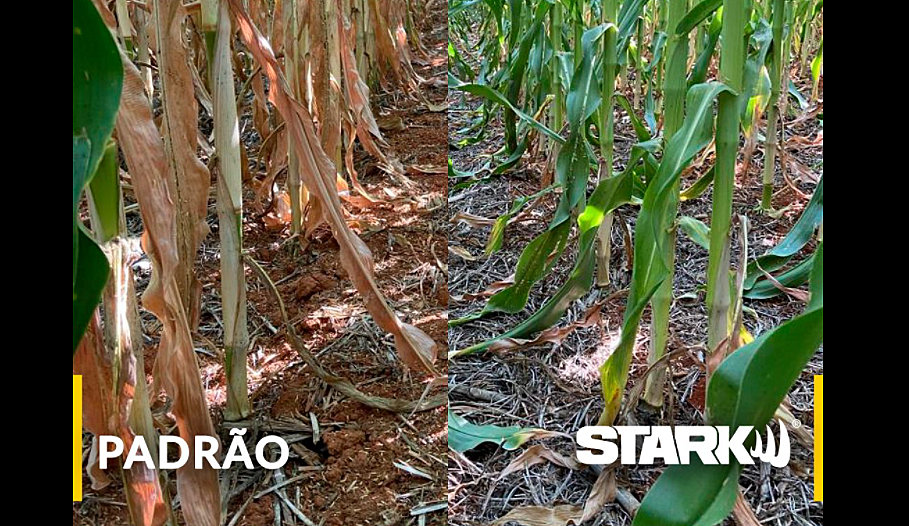
It allows the use associated with biological products and herbicides (with no incompatibility evidenced to date), thus guaranteeing the effectiveness of pesticides.
In all situations of use so far, the Stark biostimulant has nullified (totally or partially) the effect of phytotoxicity and stress on crops, improving the normal development of the plant. It is defined as a product of rapid absorption and with a stable pH of 5,5.
Conclusion
As shown in this article, the use of biostimulant has good results in different crops, with the main functions of providing greater plant growth, absorbing nutrients and water.
But there are other important strategies that must be adopted by the farmer even before planting. One of them is to perform soil correction. Access our post and understand how to do this procedure. Good reading!
